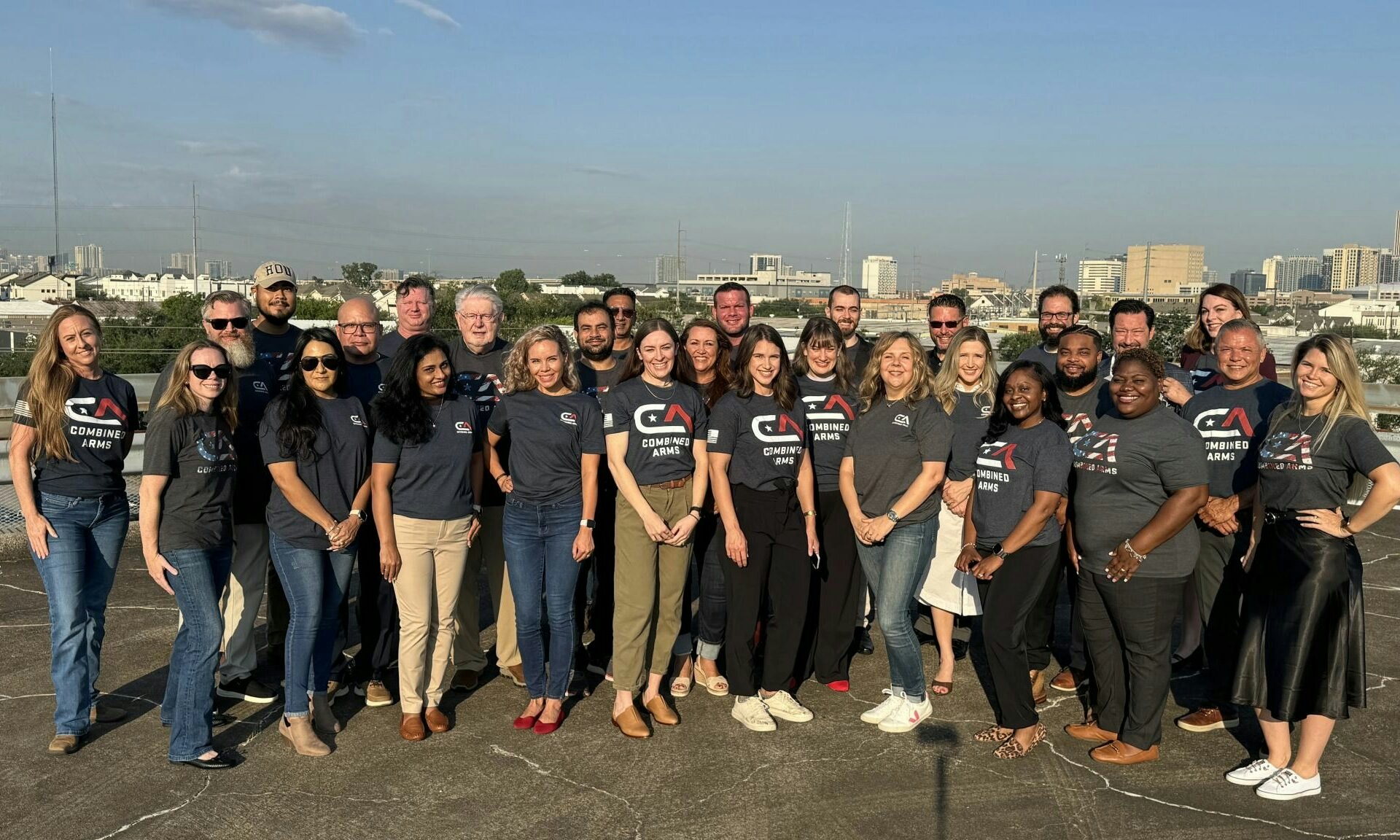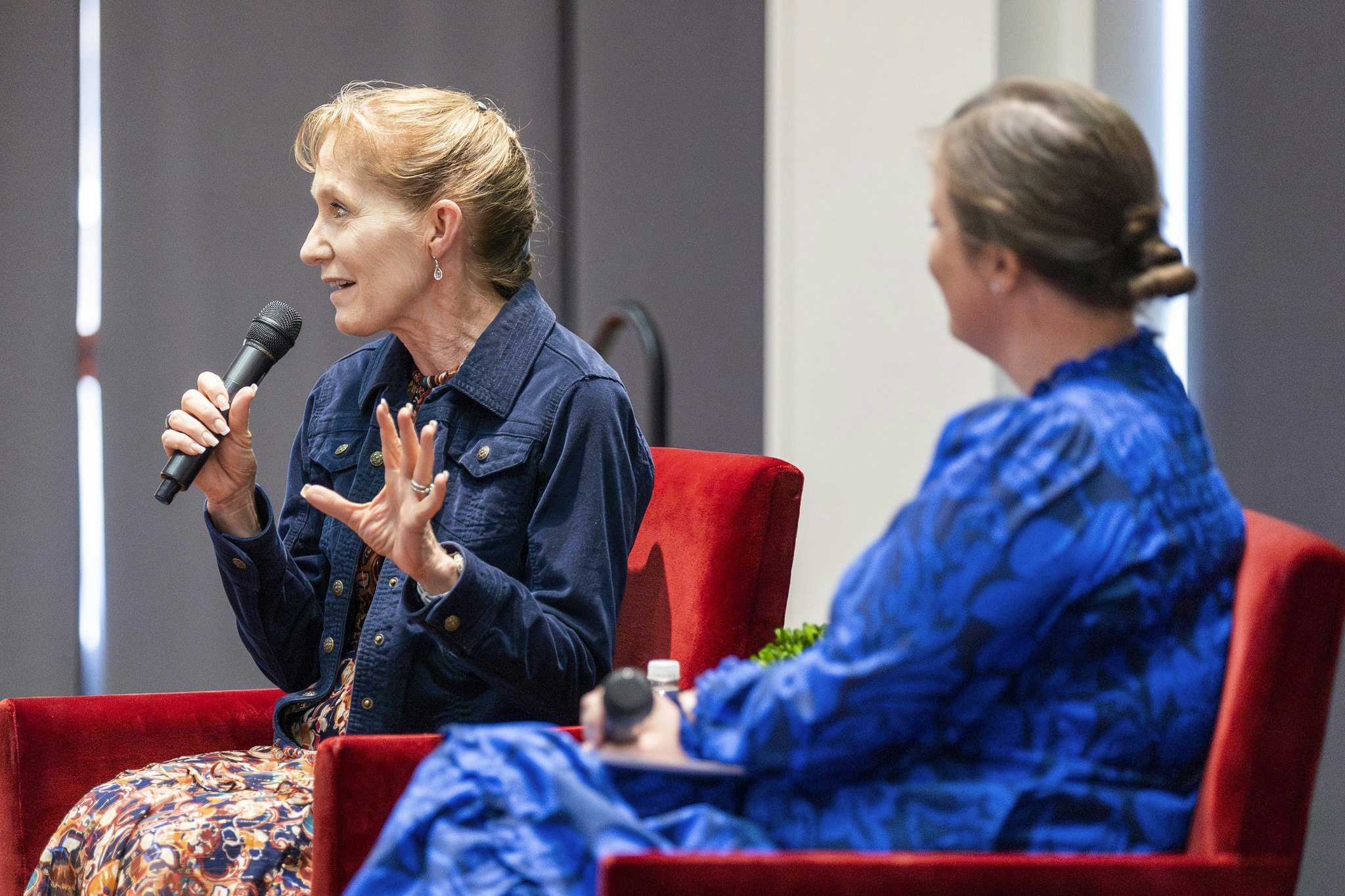To date, far too few of America’s traditional colleges and universities have come to recognize the unique skill set that veterans can bring to their institutions.
When the first wave of post-9/11 veterans began the transition to civilian life, many struggled on the job front. The prevailing public narrative related to this issue was obligation; that is, employers have an obligation to those who fought the nation’s wars. It’s not a misplaced logic, but alone it wasn’t compelling. In fact, many of us recognized that if the narrative motivating action to address veteran unemployment started and ended with “it’s the right thing to do,” we’re sunk.
We’re sunk because the idea of hiring someone out of obligation has very little connection to why businesses are in business. Instead of obligation, hiring veterans needed to be about opportunity – the opportunity to connect with talent positioned to make American business better and more competitive. Accordingly, the focus of effort became educating employers as to how and why military service confers knowledge, skills, abilities, and traits of character consistent with those employers covet (see: “The Business Case for Hiring a Veteran”).
The private sector embraced the opportunity narrative. Today jobless rates for post-9/11 veterans are at all-time lows, and momentum across the private sector related to institutionalizing veteran hiring programs is unprecedented. The nation’s employers recognized the value of veterans to a globally competitive workforce.
Not unlike the experience of the nation’s employers, a similar opportunity exists in higher education. Unfortunately, to date far too few of America’s traditional colleges and universities have come to recognize and act on opportunity. Instead, they’re stuck on obligation.
When President Bush signed the post-9/11 GI Bill, many recounted the broad and enduring impact of the original GI Bill, as a means to engender higher education’s support and engagement. That said, after WWII veterans represented 50 percent of all college students. Consequently, university presidents and chancellors were naturally incentivized to enact practices and policies supportive of student veterans. Today however, at best veterans, represent 3 percent of U.S. college students. As a result, natural incentives motivating universities to recruit, admit, and invest in the educational success of student-veterans are, on the surface, more limited.
However, we would argue that the incentives are compelling, and just as the lens of obligation was inherently limiting related to employment, the same obligation lens is contributing to a missed opportunity of historic proportions for America’s colleges and universities, and for the nation.
Research demonstrates that on campus, veterans bring global experiences, broad diversity, and commitment to service. These are students adept at team building, resilient, entrepreneurial, mature beyond their years, and who exhibit leadership abilities tested under the most real world conditions imaginable. Aren’t these the same qualities we value in those competing for admission to our best universities? Aren’t these the type of students we want to see in our classrooms, student governments, on our athletic teams, and as alumni?
Further, the close ties between higher education and industry should highlight to forward thinking college administrators a simple truth. That is, if veterans represent a talent pool coveted by the nation’s employers, shouldn’t it follow that our universities also covet the 100,000+ veterans who aspire to higher education each year?
On veterans, it’s time for higher education to take a cue from the nation’s business leaders. The Bush Institute-led Stand-To represents an opportunity to start a national conversation focused on how and why supporting the educational success of those who have fought our nation’s wars is not just the “right thing” to do for our veterans, it’s the “right thing” to do for America’s colleges, universities, and the nation.
To learn more about the civilian-military divide and our veteran resources, visit the following links:
- Read “A United Call to Action to Better Serve Transitioning Vets” to learn more about the Stand To
- Join the conversation on Twitter and Facebook using the #StandTo and #Knowourvets
- Learn more about the divide with our interactive veteran story
- Learn how you can combat the invisible wounds of war
Guest authored by:
Dr. Mike Haynie is a former U.S. Air Force officer, the Vice Chancellor at Syracuse University, and the executive director and founder of Syracuse University’s Institute for Veterans and Military Families at Syracuse University.
Jared Lyon is a veteran of the U.S. Navy, and President & CEO of Student Veterans of America. He earned his associates, bachelors, and master’s degrees post military service using the GI Bill.






























